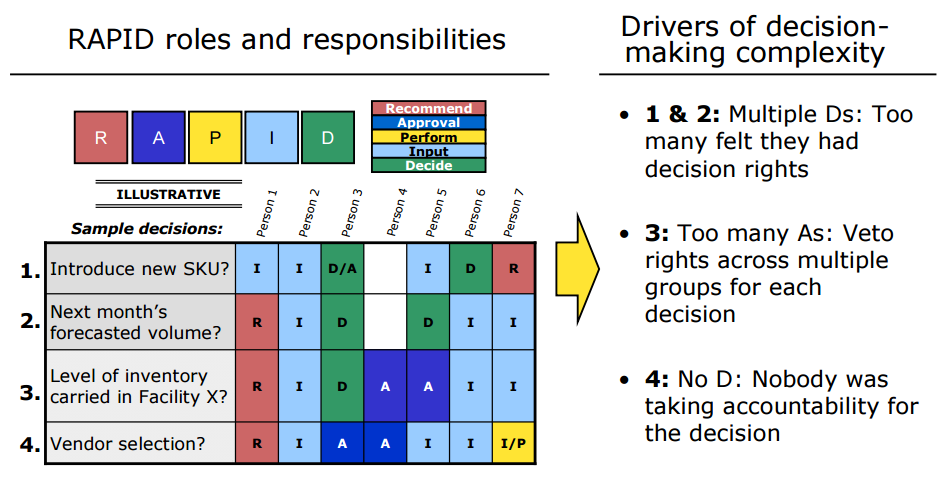Listen First, Comment Later
Several studies have shown that when groups fail to arrive at decisions, it’s often because they devote too much time to finding common ground rather than weighing the pros and cons of what each person is saying. Meetings are especially ineffective when attendees begin by disclosing which way they are leaning; upon voicing an opinion about a decision, people are more likely to ignore information … [ Read more ]
Author: Matt Palmquist | Source: “Listen First, Comment Later” | Original Publication: strategy+business | Subject: Organizational Behavior

